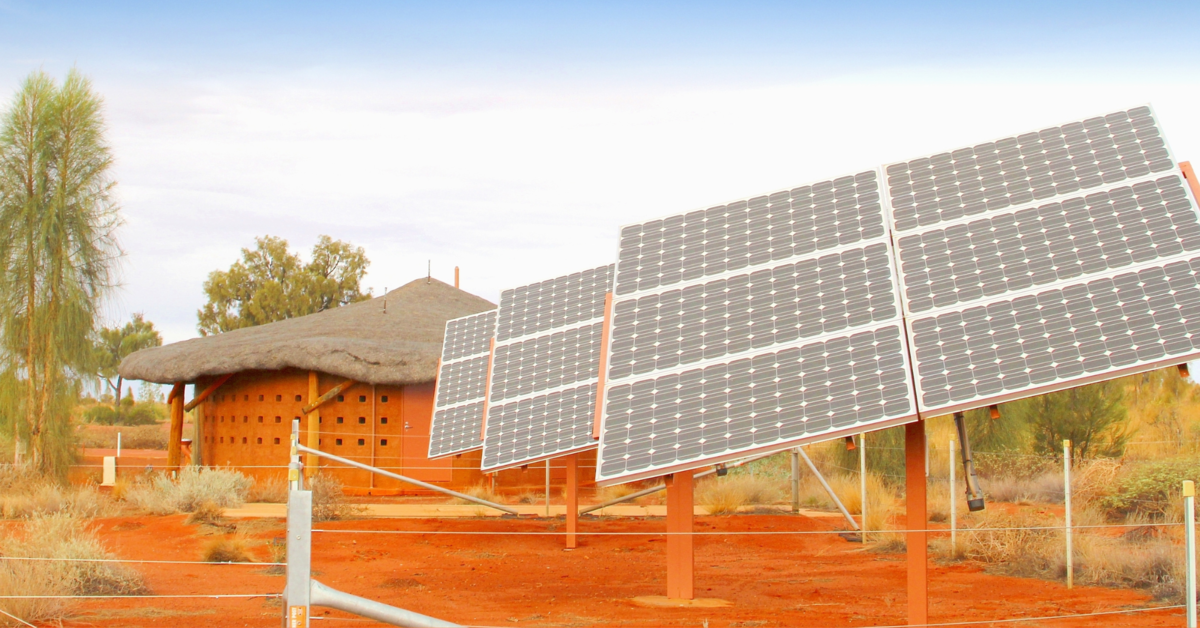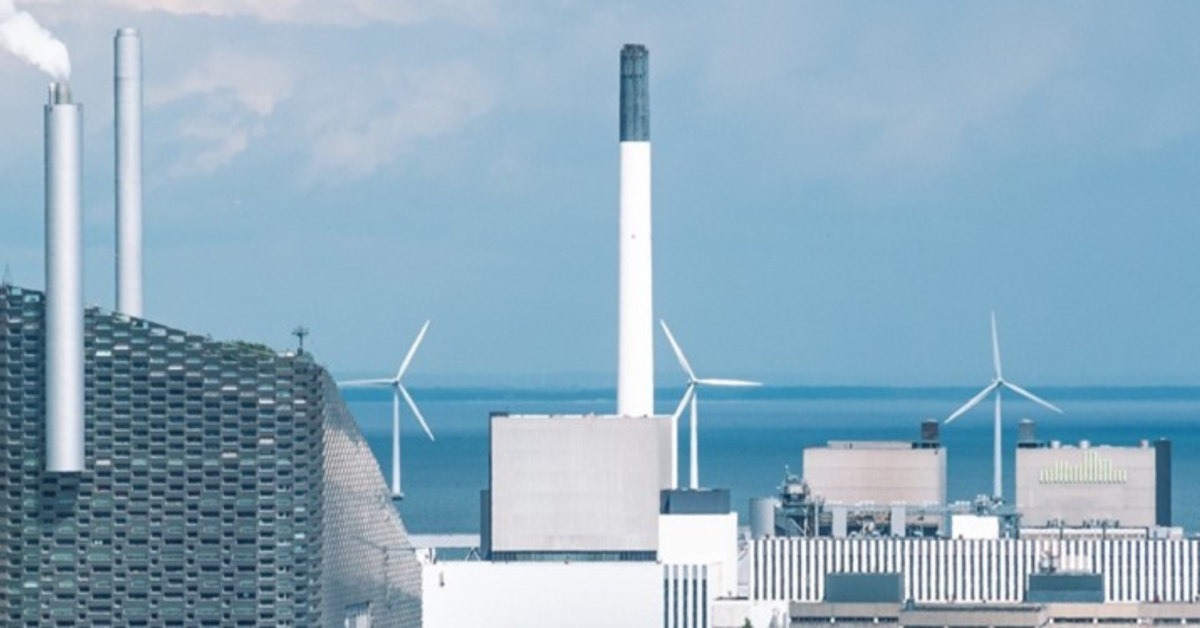On May 15, Singapore swore in its new Prime Minister, Lawrence Wong, in a long-planned leadership transition. The fourth Prime Minister in 59 years since Singapore’s independence, Wong takes over after the 20-year tenure of Lee Hsien Loong—eldest son of founding Prime Minister Lee Kuan Yew. This marks a culmination of a hotly anticipated transition to Singapore’s “Fourth Generation” or “4G” leadership under the long-ruling People’s Action Party. All eyes are now looking to a General Election, which will have to be called by November 2025, to shore up Wong’s mandate.
Here are five facts to know about the leadership transition:
1. CONTUNUITY IS THE WORD OF THE DAY
A cabinet reshuffle on May 13 that paved the way for Wong’s premiership saw little actual shuffling. Outgoing Prime Minister Lee Hsien Long will remain in cabinet as a Senior Minister, alongside senior leaders from the older generation of leadership. The senior ministers remaining in cabinet is a break from tradition and suggests continued influence over Wong’s governance. Statements and glitzy media interviews with Wong and Lee have further stressed “continuity” and business as usual—as is typical of previous People’s Action Party (PAP) leadership transitions. Such continuity is indeed expected across Singapore’s domestic and foreign policy. Singapore will stick by its geopolitically neutral, pro-business, open trade principles.
A two-year runway has also preceded Wong’s premiership to build public confidence and a sense of familiarity. Designated by the ruling PAP as Prime Minister-in-waiting since April 2022, Wong’s rise has been much anticipated. He was quickly appointed Deputy Prime Minister (DPM), Chairman of Singapore’s central bank, and Deputy Secretary-General of the PAP—all key political positions aimed at familiarizing Wong with key levers of power. In the last two years, Wong has also forged greater public familiarity with his mass “Forward Singapore” exercise in public feedback-gathering and policymaking.
Wong is himself no stranger to the public—he rose to public prominence in his role co-chairing Singapore’s COVID-19 response taskforce. Since 2021, he has also held the important Ministry of Finance portfolio, one that he continues to hold alongside his current Prime Minister role. Now, this long runway has in all successfully bolstered his credentials—from just a highly competent technocrat to a credible statesman and successor to Lee Hsien Long.
2. AN UNDERDOG IS NOW TOP DOG
Wong was never in pole position for the premiership. Entering politics in 2011, he was introduced alongside a slate of new upcoming “Fourth Generation” PAP leaders but paled in the public spotlight in comparison to his “4G” colleagues. For a time, he mostly helmed unexciting Ministerial portfolios of Culture, Community, Youth, and Information. By 2017, it seemed that he was no longer in serious consideration for the premiership among the PAP cadres and the cabinet. While an economist by training and a government scholar, his background also bucked the typical mold of an elite school upbringing and an illustrious military career.
Wong’s path to premiership was all but dashed in 2019. His 4G colleague, DPM Heng Swee Keat, was announced as the Prime Minister-in-waiting, but a series of public gaffes, poor health, and a poor 2020 electoral showing saw Heng’s ignominious withdrawal, leaving a vacancy to be filled. The COVID-19 pandemic also changed Wong’s fortunes, delaying the planned transition timeline and giving him a pulpit to shine as co-chair of the government’s pandemic taskforce. Building on his by-then public acclaim, Wong sailed to victory over rival 4G contenders for the top job in an internal cabinet vote in 2022.
Even then, pundits point to a lack of powerful patrons within the PAP backing Wong—perhaps also why he won out over other contenders. Underscoring his relatively more precarious position within the party compared to past incoming Prime Ministers, Wong has sought to differentiate himself as a consultative everyman. Local media has played up his atypical background as well as his passion for guitar and motorcycling.
3. AN ELECTORAL MANDATE IS NEEDED TO SEAL THE DEAL
All eyes are now looking to an anticipated General Election to shore up Wong’s mandate. This also serves to fortify Wong’s own position in his party. Elections must be called by November 2025, but an election is possible as early as late August 2024. In fact, an earlier snap election is likely as the electoral ground and the global economic situation are expected to sour as time goes on.
The PAP traditionally sweeps elections with a 60–70% vote share, and a vote share in the low 60s—an impressive landslide by Western standards—triggers self-flagellation by the ruling party. To the dominant and long-ruling PAP, these vote share numbers are critical indicators of its public legitimacy. Of key importance are the mega multi-member constituency blocs, known as Group Representation Constituency (GRC). Previously thought to be unassailable, the Opposition’s capture of a total of two GRCs across elections—first in 2011 and another one in 2020—saw the dethronement of entire slates of PAP MPs and cabinet ministers. A further number of GRCs were increasingly on the edge of falling into the hands of surging Opposition parties in the 2020 election, and a consolidation of Opposition gains saw a historic appointment of Singapore’s first official Leader of Opposition since its independence.
Wong and his party face an uphill battle. His pains are not just with an increasingly well-organized and popular Opposition. The squeaky-clean reputation of PAP has taken a pummeling in the past year with a series of unprecedented sex and corruption scandals of its Members of Parliament and Ministers. The departure of PAP heavyweights, such as former DPM Mr. Tharman Shanmugaratnam, who has moved to helm Singapore’s ceremonial Presidential role, has also further weakened his party’s anchorage over a number of GRCs that are now at risk. Losing more GRCs is a bad look for a fledgling Prime Minister.
4. US-CHINA TENSIONS AND DOMESTIC PROBLEMS LOOM
Wong’s cabinet faces unprecedented challenges. The Singaporean electorate, especially the youth, desire a more politically liberal environment. Now highly educated and globalized, Singaporeans are less content with the bargain of common prosperity for “soft authoritarianism.” Indeed, the common prosperity that underscored the legitimacy and popularity of PAP’s long 65-year rule (preceding Singapore’s independence) is chafing under high costs of living, a housing crisis, and the frenetic pace of life in Singapore. Immigration—especially of white-collar expatriates and an influx of “new citizens” from China and India—is a hot potato. Almost 30% of Singapore’s population is non-resident—although mostly of low-wage blue-collar workers in construction, marine, and domestic work sectors. Statistics are scarcer on the inflow of expatriates and new citizens. To the government, these are necessary injections of talent and labor to bolster Singapore’s perilously low fertility rates. However, to the wider society, they evoke strong feelings of a loss of Singaporean identity and of inequality from the inflow of capital and of expatriates competing for jobs.
On the international stage, Wong’s foreign policy must also toe an increasingly difficult tightrope of geopolitical neutrality. China is Singapore’s most important trade partner—like most of Southeast Asia. At the same time, the United States is Singapore’s most important security partner. Singapore is awash with American weapons such as the coveted F-35, and in return offers the US Seventh Fleet access to naval bases, logistical support, and intelligence in the Malacca Straits—one of the world’s most critical maritime chokepoints. The crossflows of investments, an ethnic Chinese majority, and the co-location of embattled tech company headquarters from both US and China in the city-state also complicates Singapore’s geopolitical position. In 2016 and 2017, a series of diplomatic snubs by China in response to a perceived overstep of then-Prime Minister Lee Hsien Long in remarks over China underscore the superpower pressures that buffet the tiny city-state. These snubs included China’s impoundment of a shipment of Singapore Armed Forces armored vehicles that was passing through Hong Kong.
Charting a course in the increasingly fraught US-China tensions and an assertive China will thus define Wong’s tenure. As a bellwether for much of the Southeast Asian region, how Singapore bends or refuses to bend in this geopolitical contest in the Indo-Pacific will have wider reverberations.
5. MORE CHANGES MIGHT COME POST-ELECTIONS
A more substantial cabinet reshuffle is expected after the coming General Election. In securing a public mandate from the elections, Wong will have the wherewithal vis-à-vis 4G rivals and old guards to make bigger moves within the PAP.
While Wong and his party preach continuity, it is still uncertain in what ways Wong’s tenure will lean. A stronger push toward more progressive social policies amid an aging population and high cost of living is expected, mitigating the social costs of Singapore’s staunch pro-business fundamentals. In the realm of state-society relations with pressures for greater political openness, Wong also must decide whether to lean toward social and political liberalization. Like each new incoming Singaporean Prime Minister after Lee Kuan Yew, Wong has also promised a fresh air of openness and consultative governance. Yet critics have found the promises of each of Wong’s predecessors—Goh Chok Tong and Lee Hsien Long—lacking. With Lee and his old guard hanging around the cabinet, it remains to be seen where exactly Wong stands on democratization or to which hardline patron and party cadre he is behooved.
Materials presented by Edelman Global Advisory. For additional information, reach out to Richard.Andrew@EdelmanEGA.com.



